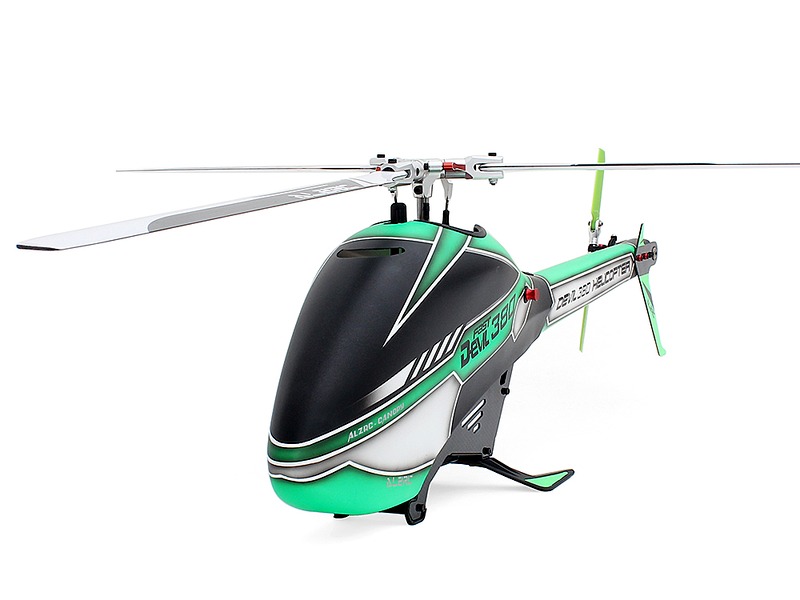Can helicopters stay still in the sky?

Yes, helicopters can stay still in the sky. This is known as hovering, and it is a skill that is essential for a helicopter pilot to master. Hovering is the ability to maintain a steady altitude and position in the air without moving forward or backward. It is a difficult maneuver to master, but it is essential for a pilot to be able to do it in order to perform certain tasks such as rescue operations, aerial photography, and search and rescue.
Hovering requires a great deal of skill and practice. The pilot must be able to maintain a steady altitude and position in the air without moving forward or backward. This requires the pilot to be able to adjust the collective pitch of the rotor blades to maintain the desired altitude and position. The pilot must also be able to adjust the cyclic pitch of the rotor blades to maintain the desired heading and attitude.
The pilot must also be able to adjust the throttle to maintain the desired airspeed. This is done by adjusting the amount of fuel being fed to the engine. The pilot must also be able to adjust the pitch of the tail rotor to maintain the desired yaw.
In order to hover, the pilot must be able to maintain a steady altitude and position in the air without moving forward or backward. This requires the pilot to be able to adjust the collective pitch of the rotor blades to maintain the desired altitude and position. The pilot must also be able to adjust the cyclic pitch of the rotor blades to maintain the desired heading and attitude. The pilot must also be able to adjust the throttle to maintain the desired airspeed.
The pilot must also be able to adjust the pitch of the tail rotor to maintain the desired yaw. This is done by adjusting the amount of fuel being fed to the engine. The pilot must also be able to adjust the pitch of the tail rotor to maintain the desired yaw.
Hovering is a difficult maneuver to master, but it is essential for a pilot to be able to do it in order to perform certain tasks such as rescue operations, aerial photography, and search and rescue. It requires a great deal of skill and practice, but once mastered, it can be a very useful tool for a pilot.
Comments / Question
1. Helicopters can remain in the sky for extended periods of time, allowing them to cover a much larger area than a fixed-wing aircraft.
2. Helicopters can hover in place, making them ideal for reconnaissance missions and search and rescue operations.
3. Helicopters can fly at low altitudes, giving them the ability to access difficult-to-reach areas.
4. Helicopters are more maneuverable than fixed-wing aircraft, allowing them to fly in tight spaces and maneuver around obstacles.
Disadvantages:
1. Helicopters are more expensive to maintain and operate than fixed-wing aircraft.
2. Helicopters are more susceptible to turbulence and wind gusts, making them more difficult to fly.
3. Helicopters are more susceptible to mechanical failures due to the complex nature of their design.
4. Helicopters require more space to land and take off, making them less suitable for operations in urban areas.
2. Monitor the weather conditions and wind speeds to ensure the helicopter remains stable in the air.
3. Maintain a safe distance from other aircraft and ground obstacles.
4. Monitor the fuel levels and make sure the helicopter has enough fuel to remain in the sky for the duration of the flight.
5. Be aware of the helicopter’s limitations and do not exceed its maximum weight or altitude.
6. Ensure the pilot is trained and certified to fly the helicopter.
7. Always wear a safety harness and helmet while in the helicopter.
8. Be aware of any potential hazards and take appropriate measures to minimize the risk.

